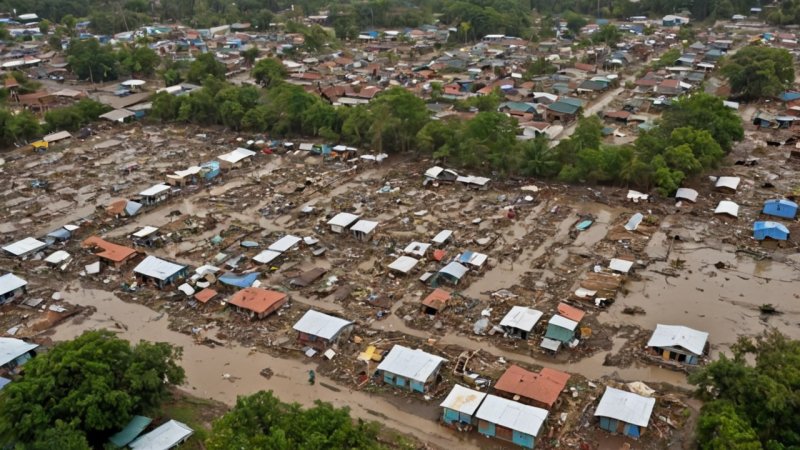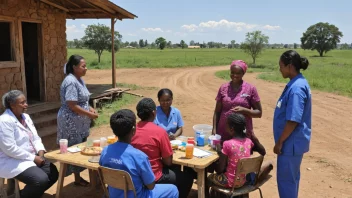In the realm of humanitarian aid, the emphasis on sustainable solutions has gained significant traction over recent years. While immediate relief efforts are crucial during crises, the importance of sustainable aid in long-term recovery cannot be overstated. Sustainable aid refers to practices that not only meet the immediate needs of affected communities but also lay the groundwork for self-sufficiency and resilience in the future. This article explores the vital role of sustainable aid in fostering long-term recovery and improving the overall well-being of communities in distress.
The aftermath of a disaster often leaves communities vulnerable and dependent on external support. Traditional aid models frequently focus on short-term relief, which, while necessary, can lead to a cycle of dependency. Sustainable aid addresses this issue by integrating local resources, knowledge, and capabilities into recovery efforts. For instance, local communities are often best positioned to identify their needs and priorities. Engaging them in the planning and implementation of aid initiatives not only empowers these communities but also promotes ownership over their recovery process.
One of the key benefits of sustainable aid is its focus on building local capacity. Training community members in skills that are relevant to their context—such as agriculture, healthcare, and education—ensures that they can rely less on external assistance in the long term. By investing in human capital and local economies, sustainable aid helps communities to become more resilient and self-reliant. For example, agricultural training programs can teach farmers sustainable practices that enhance food security, thereby reducing reliance on imported food after a disaster.
Moreover, sustainable aid emphasizes environmental stewardship. As climate change continues to pose significant challenges, integrating environmental considerations into aid initiatives is imperative. Aid organizations that prioritize sustainable practices can help communities adapt to changing conditions and mitigate future risks. This means not only providing necessary resources but also ensuring that those resources are used in a way that protects the environment and promotes sustainability. For instance, implementing eco-friendly construction methods in rebuilding efforts can safeguard natural resources while fostering a sense of community pride.
The importance of collaboration among various stakeholders cannot be overlooked. Sustainable aid requires the collective efforts of governments, non-governmental organizations, and local communities. By forming partnerships that leverage the strengths of each entity, sustainable aid initiatives can achieve greater impact. Collaborative approaches enable the sharing of resources and knowledge, which can lead to innovative solutions to complex challenges.
In conclusion, sustainable aid is essential for long-term recovery in communities affected by crises. By prioritizing local engagement, capacity building, environmental sustainability, and collaboration, humanitarian efforts can pave the way for resilient and thriving communities. As individuals and organizations consider how to contribute to humanitarian efforts, focusing on sustainable solutions will ensure that the assistance provided not only meets immediate needs but also fosters enduring recovery and growth.
Sustainable Aid: A Path to Recovery
Explore the vital role of sustainable aid in fostering long-term recovery and improving the well-being of communities in distress.






